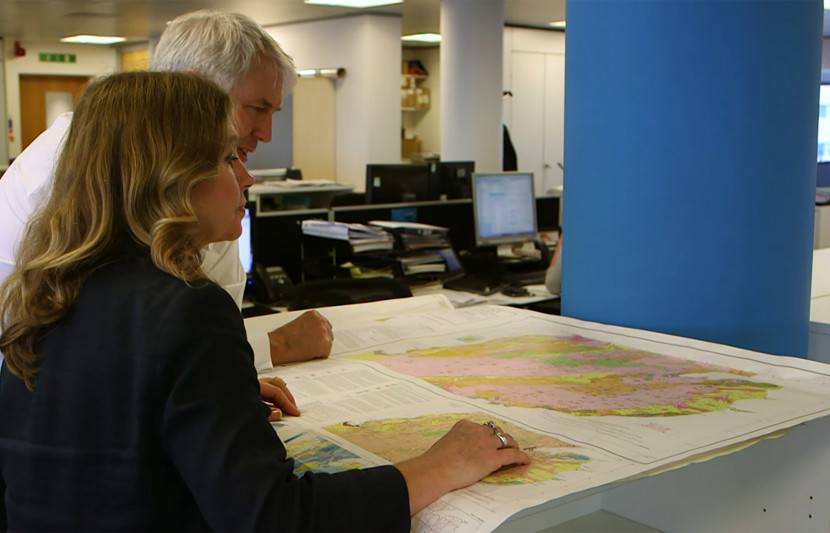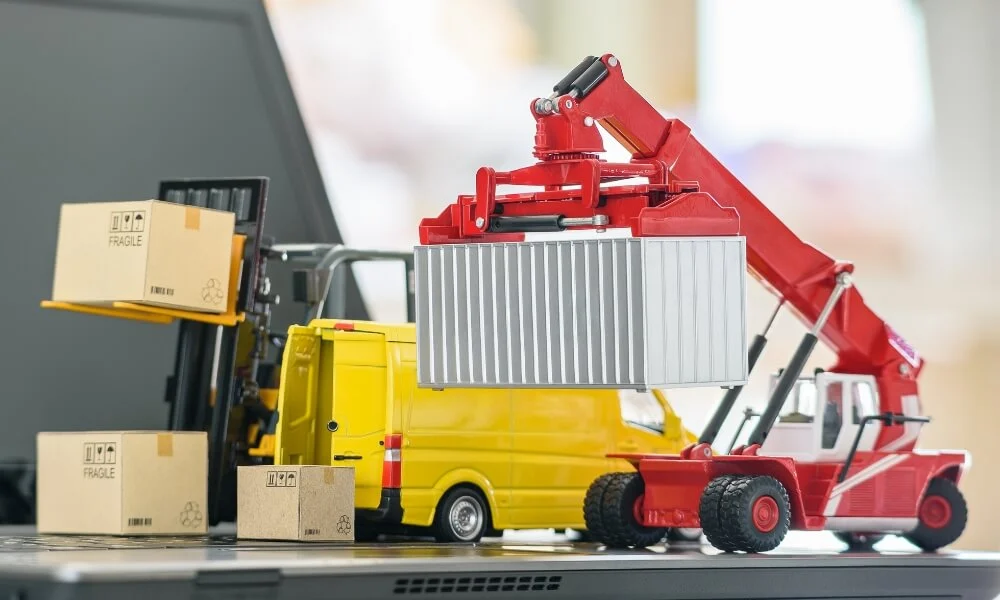Managing last-minute moves, especially for warehouse spaces, presents unique challenges that require strategic planning and execution. This article explores the essential strategies for efficiently handling these urgent relocations, highlighting the importance of having a reliable moving partner to address unexpected demands.
Strategic Planning for Last-Minute Moves
Even with limited time, strategic planning is crucial for a successful last-minute move. Key steps include:
- Rapid Assessment: Quickly assess the scope of the move by taking inventory of all items, noting their condition, and identifying any special requirements for transportation.
- Prioritization: Prioritize tasks and items based on their importance and urgency. Focus on critical equipment and inventory that must be operational immediately upon arrival.
- Resource Allocation: Allocate resources effectively, ensuring that you have enough manpower, packing materials, and transportation to handle the move efficiently.
Strategic planning helps streamline the moving process and reduces the risk of errors and delays.
Quick Organization for Large-Scale Moves
Organizing a large-scale move, such as relocating a warehouse, requires meticulous coordination and efficient execution. Steps to achieve this include:
Detailed Inventory Management
An accurate and detailed inventory is essential for managing a large-scale move. Key actions include:
- Comprehensive Listing: Document all items in the warehouse, including equipment, inventory, and supplies.
- Labeling: Clearly label all items and boxes to ensure they are easily identifiable and traceable during the move.
- Digital Records: Use digital tools to maintain inventory records, allowing for real-time tracking and updates.
Efficient Packing and Sorting
Proper packing and sorting are critical to ensure items are protected and organized during transit. Techniques include:
- Categorization: Sort items into categories based on their type, size, and handling requirements.
- Secure Packing: Use high-quality packing materials to secure items, particularly fragile and high-value equipment.
- Loading Order: Plan the loading order of items to facilitate easy unloading and setup at the new location.
Logistics and Scheduling
Effective logistics and scheduling are key to a successful warehouse relocation. Actions to take include:
- Timeline Development: Develop a detailed timeline that outlines each phase of the move, from packing to transportation to unpacking.
- Transportation Coordination: Coordinate with transportation providers to ensure vehicles and equipment are available when needed.
- Contingency Planning: Prepare for potential delays or issues by having contingency plans in place.
Partnering with Reliable Moving Services
Having a reliable moving partner like alliance moving and storage is crucial for handling last-minute and large-scale moves efficiently. Benefits of professional movers include:
Expertise and Experience
Professional movers bring expertise and experience to the table, ensuring that the move is executed smoothly. Advantages include:
- Skilled Personnel: Trained movers know how to handle various types of equipment and inventory safely and efficiently.
- Specialized Equipment: Access to specialized moving equipment, such as forklifts and dollies, to handle heavy and bulky items.
- Efficient Processes: Established processes and protocols to ensure all aspects of the move are managed effectively.
Flexibility and Rapid Response
Reliable movers offer flexibility and rapid response capabilities, essential for last-minute moves. Benefits include:
- Immediate Availability: Ability to mobilize quickly and provide immediate assistance when needed.
- Flexible Scheduling: Adaptability to work around your schedule and meet tight deadlines.
- 24/7 Support: Availability of support services around the clock to address any issues or concerns.
Comprehensive Services
Professional moving services like warehouse movers offer comprehensive solutions tailored to your specific needs. Key services include:
- Packing and Unpacking: Full-service packing and unpacking to ensure all items are handled with care and precision.
- Transportation and Logistics: Efficient transportation and logistics management to coordinate the entire moving process.
- Storage Solutions: Access to storage facilities if needed, providing a temporary solution for items during the transition.
Tips for a Smooth Last-Minute and Warehouse Relocation
Implementing effective strategies can help ensure a smooth and successful relocation, even with limited time. Tips include:
Clear Communication
Maintaining clear communication with all parties involved is essential. Key practices include:
- Regular Updates: Provide regular updates to the moving team, employees, and other stakeholders about the progress and any changes in the plan.
- Detailed Instructions: Give clear and detailed instructions to the moving team to ensure everyone understands their roles and responsibilities.
- Feedback Mechanisms: Establish feedback mechanisms to address any issues or concerns promptly.
Utilization of Technology
Leveraging technology can enhance the efficiency of the move. Tools to consider include:
- Project Management Software: Use tools like Trello or Asana to manage tasks, timelines, and responsibilities.
- Inventory Management Systems: Implement digital inventory management systems to track and monitor items in real time.
- Communication Platforms: Utilize communication platforms like Slack or Microsoft Teams for instant updates and coordination.
Final Checks and Inspections
Conducting final checks and inspections ensures that all aspects of the move are completed satisfactorily. Steps include:
- Pre-Move Inspection: Inspect the warehouse and items before the move to document their condition and ensure everything is packed correctly.
- Post-Move Inspection: Perform a thorough inspection upon arrival at the new location to verify that all items have arrived safely and are in good condition.
- Issue Resolution: Address any issues or discrepancies immediately to avoid delays in setting up the new space.
Post-Move Evaluation
After the move, it’s important to evaluate the process to identify successes and areas for improvement. Evaluation steps include:
- Feedback Collection: Gather feedback from employees, movers, and other stakeholders about their experience and any challenges faced.
- Performance Analysis: Analyze the performance of the moving team and the effectiveness of the planning and execution phases.
- Continuous Improvement: Implement changes based on feedback and analysis to improve future moving processes.
Strategic planning, quick organization, and partnering with reliable moving services are essential for efficiently managing last-minute and warehouse relocations. By following these strategies and leveraging professional expertise, businesses can ensure a smooth transition and maintain operational continuity.








Comments